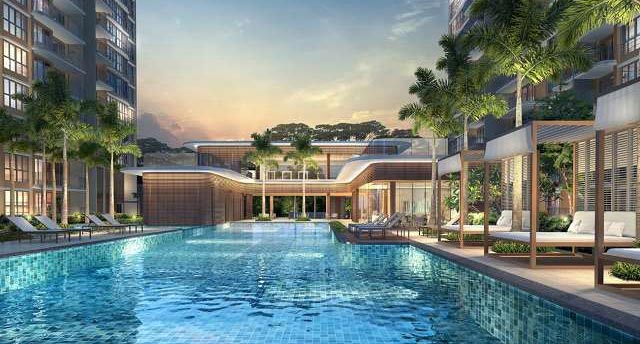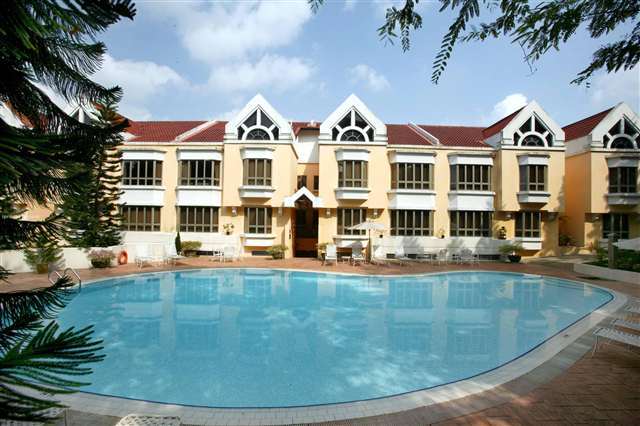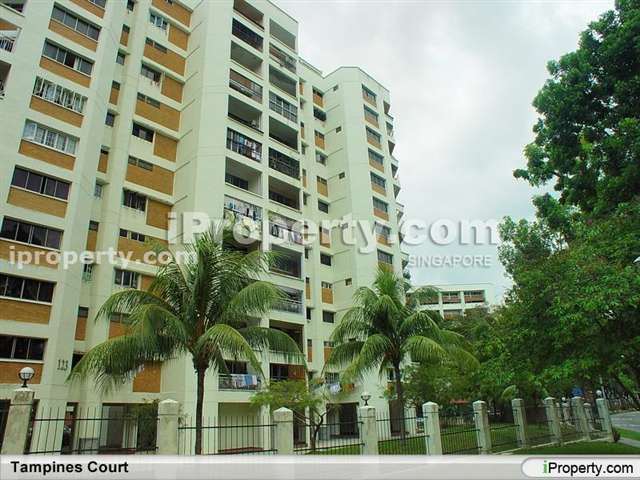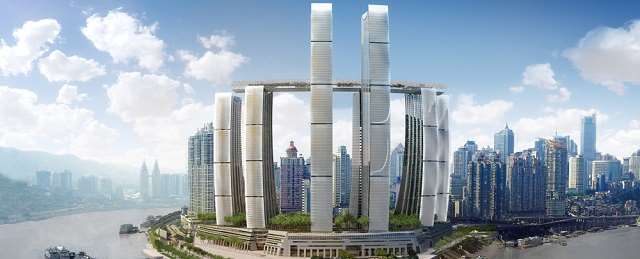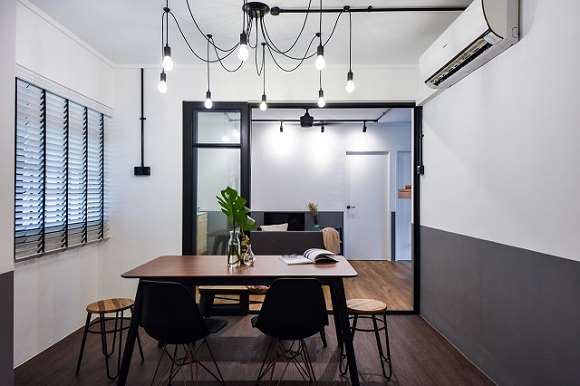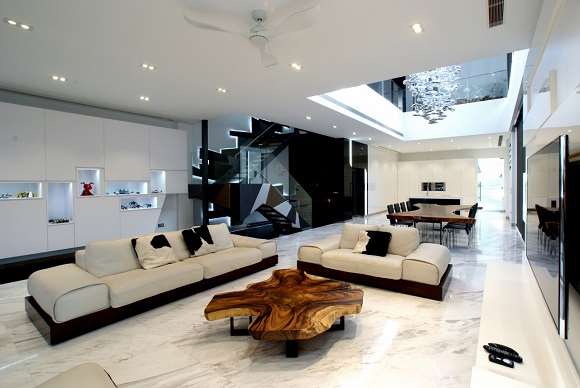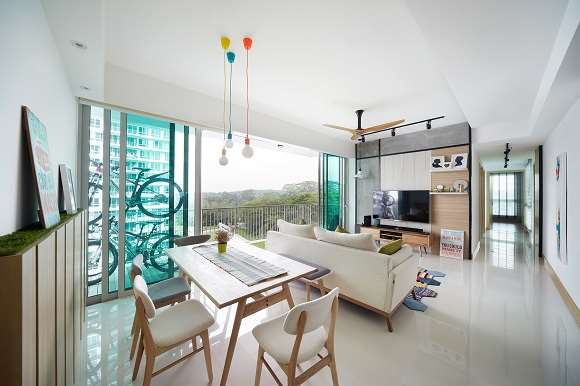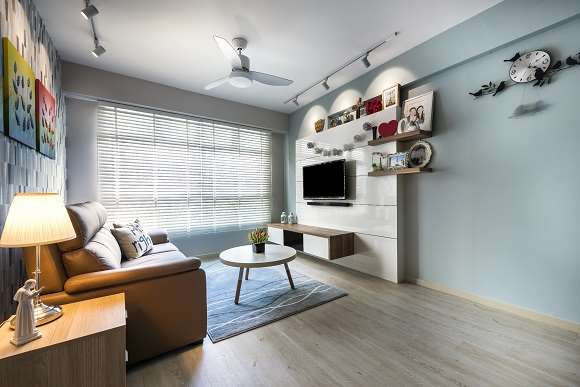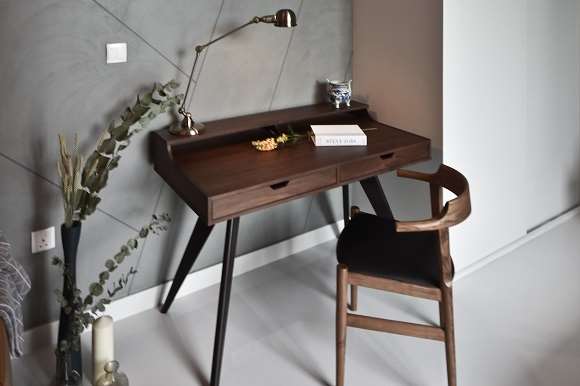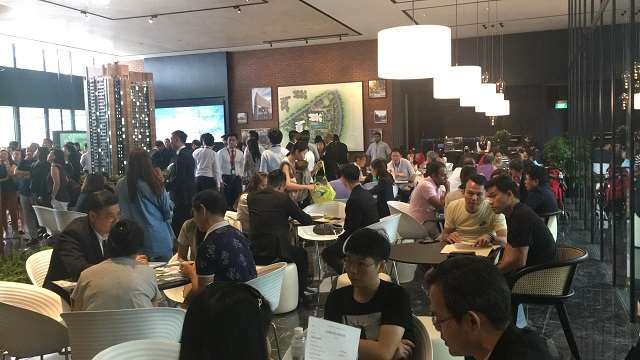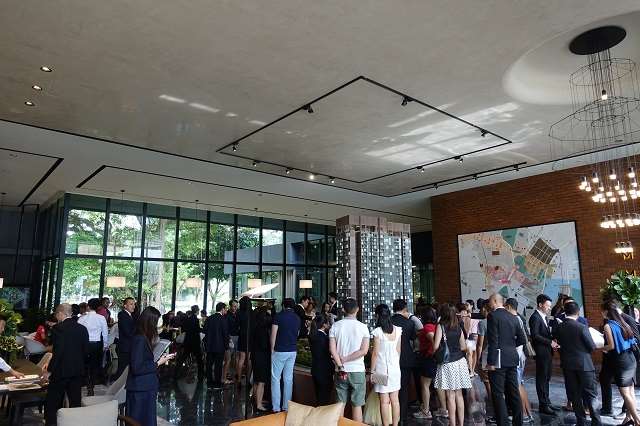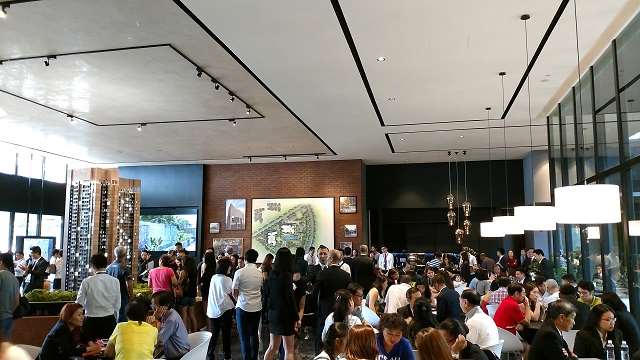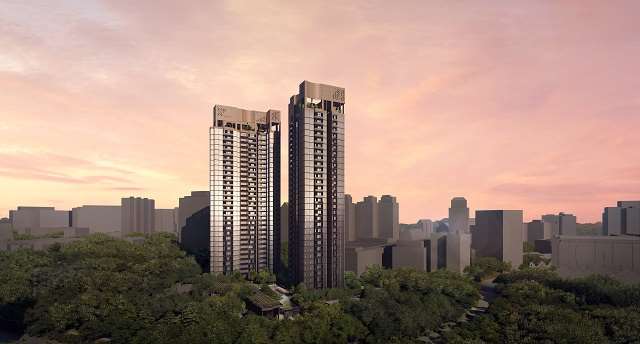
Singapore – GuocoLand Limited (“GuocoLand”) announced todaythat its latest development, Martin Modern, will be launched on 22 July 2017.The sales gallery and show suites at 8 Martin Place will be open on 8 July forprivate previews.
Located in Robertson Quay in prime District 9, the development,when completed, will comprise 450 residential units set within a magnificent botanic garden. It will offer a range of 2, 2+study, 3 and 4-bedroom apartmentswith sizes spanning 764 sq ft to 1,798 sq ft. Prices start from $1.8 million.
Martin Modern is the first condominium launch in the last eightyears in the Robertson Quay area, which has transformed dramatically into avibrant scene with the opening of four new hotels, many trendy F&B outlets,arts and culture venues. It continues to grow and evolve with two new MRT linesand upcoming MRT stations at Great World and Fort Canning as well as redevelopmentof the Kim Seng Road corridor.
Creating a LuxuryAmbience Inspired by Good Class Bungalows and the Botanic Gardens
The highly-anticipated development by GuocoLand is inspiredby Good Class Bungalows (GCB) and the Botanic Gardens. It creates a uniqueliving space with open and contemporary living areas, beautiful outdoor spaces,and well thought-out landscaping and greenery, providing residents with aprivate oasis.
“We want to redefine the current conventions of luxury living.We draw inspiration from the experiences of living in a GCB and translate thatinto a modern condominium in an upmarket riverside neighbourhood,” said Mr.Cheng Hsing Yao, Group Managing Director, GuocoLand Singapore.
To this end, GuocoLand has dedicated about eighty percent ofthe land at Martin Modern to a lush botanic garden. Sitting within this gardenare the architecturally-striking twin towers designed by four-time President’sDesign Award winner, Yip Yuen Hong from ip:li architects, who is renowned forhis work as the master craftsman for many Good Class Bungalows.
To this end, GuocoLand has dedicated about eighty percent ofthe land at Martin Modern to a lush botanic garden. Sitting within this gardenare the architecturally-striking twin towers designed by four-time President’sDesign Award winner, Yip Yuen Hong from ip:li architects, who is renowned forhis work as the master craftsman for many Good Class Bungalows.
Although located in the vibrant Robertson Quay area andminutes away from the MRT station, the development is tranquil and private. Allhomes in Martin Modern come with high quality fittings and home technologiesthat offer luxury and convenience for an urban lifestyle.
“Each time we develop a new property, we seek to introducenew ideas and technologies. What does not change is our unwavering focus on thecomfort and lifestyle of the end users. We always design our building from the‘inside out’,” added Mr Cheng
Martin Modern is located in the quiet and sought-afterDistrict 9 neighbourhood of Robertson Quay. The exclusive address
A
A high level ofprivacyprevails throughout as the apartments are set back from the boundarymain road, and the periphery is surrounded by big trees and secluded fromexternal view. All apartments are raised nine metres above the main entrance,and are oriented to maximize views as well as privacy.
Martin Modern’s botanicgarden is spread over three split levels. With only two towers on a large 1.6hectare land, about eighty percent of the site will be dedicated to the botanicgarden with stately trees and 15 curated garden spaces. In the garden, therewill be more than 200 species of plants and 50 species of trees, with manyindigenous ones.
Located at the crowns of the towers are secret gardens whichoffer intimate spaces for residents to relax and enjoy the panoramic views ofthe city skyline, Marina Bay and the Singapore River.
Common club facilities, including the Club House, a 50-metrelong lap pool, gym by the dipping pool and dining lounges in the secret gardenat the top of the 30-storey towers, offer
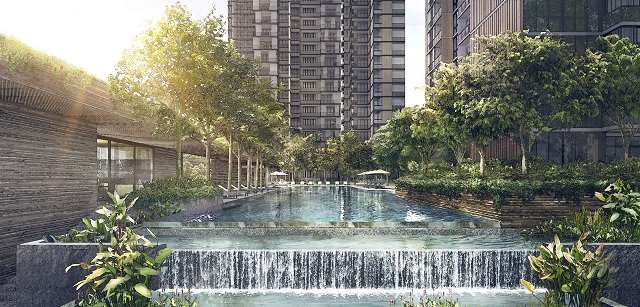
In the apartments, the living and dining areas, kitchen andbalcony are designed in a seamless way, giving homeowners extended space tohost parties and gatherings at home. The high ceilings and thewell-proportioned living and dining rooms, bedrooms, kitchen and balconies ensurethat living space is comfortable anduseable . All apartments are furnished with top of-the-line branded luxuryfittings such as Miele kitchen appliances, SMEG refrigerators, Laufen sanitaryware, and AXOR bathroom accessories.
A wireless smart homereadiness hub will also allow for the possibility of integrating a vast numberof multimedia systems within each home, bringing intelligence and functionalityfor a convenient modern lifestyle.
The balconies feature marble floors and privacy screens thatprovide beautiful transitory spacesbetween the inside and the outside world – a tropical design feature of theverandahs of GCB. Some apartments have dual balconies that extend the livingspace while offering more natural lightand ventilation, as well as two different views of the surrounding area of SingaporeRiver, Marina Bay and the city.
GuocoLand is an acclaimed developer of many successful luxuryresidential properties and has appointed a strong team to conceptualise MartinModern’s unique design.
[huge_it_gallery id=”7″]


